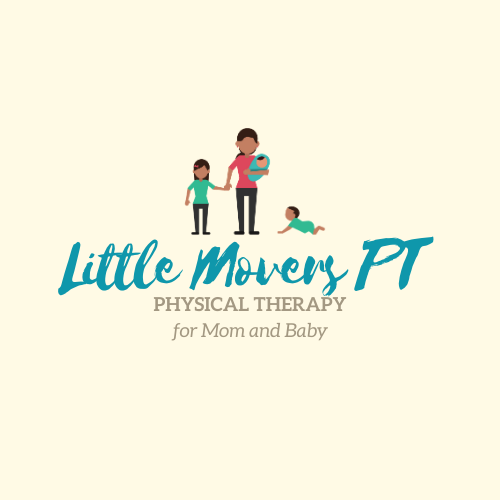Restore Your Core With The Pressureless Workout
/Every mom has a goal of shedding baby weight, whether that be right away or over a few years. The problem is, women often are not properly educated on rehabilitating the pelvic floor BEFORE returning to exercise. The exercise trend these days is using High Intensity Interval Training or HIIT to get the maximal workout in the shortest period of time. These concepts also hold true for the popular brand of Crossfit, in which the WOD or workout of the day often includes heavy lifting and intense aerobic (such as burpees) mixed with anaerobic (such as sprinting) exercise. The pelvic floor takes a big hit during pregnancy and delivery, stretching out the muscles, and pushing organs such as the bladder and rectum down. When performing HIIT exercises women bear down, increasing the pressure in the abdomen. The increase in pressure in conjunction with weak abdominals pushes the organs in the pelvic floor down further. If intense exercises are performed before the pelvic floor has a chance to recover, women end up with problems such as stress incontinence while sneezing/coughing/laughing/exercising, low back pain, pain with intercourse, and even prolapse.
Everyone has heard of Kegels, but many new moms lack the proprioception (feeling of body/space) to perform them correctly, which can cause more harm than good. So, what are the ways to heal the pelvic floor? First and foremost, allow the body time to heal. Next, don’t jump into anything until you feel ready both physically and mentally, lack of sleep causes extreme fatigue. Last, find the right program for you.
In 2014 Tamara Rial and Piti Pinsach of Spain came up with the pressureless workout which changed the pelvic floor game. They branded it Low Pressure Fitness hypopressives. The goals of hypopressives are to restore the pelvic floor, improve posture, tighten the deep abdominals, improve respiratory parameters, and improve sexual intercourse. How do hypopressives differ from traditional pelvic floor restoration? Hypopressives concentrate on changing the breathing pattern from belly breathing to diaphragmatic breathing. With each belly breath, the abdominal organs are pushed outward ,and the pelvic organs are pushed downwards. With diaphragmatic breathing the abdominal organs remain stationary and the pelvic floor organs are pulled upwards.
During Hypopressives, the mom is taught to move through different poses concentrating on opening the ribs, stabilizing the shoulder blades, and growing taller through the spine. After 3 full inhalations/exhalations the mom is then taught to perform an abdominal vacuum called an apnea. When performed correctly the apnea will suction and lift the pelvic floor high and the deep abdominals will continue to fire in order to keep it in place. A pressure-less workout may sound easy but it is a full body workout and will leave you sweating, heart pumping, and craving more. There is a mind/body component to these exercises and is meditative to many women. In addition, the exercises wake the body up and give you energy so you can take a 10 minute exercise break instead of reaching for that afternoon cup of coffee.
Hypopressives are an exercise staple throughout Europe in South America. You can’t enter a gym without seeing someone practicing their poses. In Brazil, hypopressives earned the nickname “barriga negativa” because women’s bellies are becoming so flat that they are appearing concave. Trista Zinn has grown the Low Pressure Fitness brand throughout Canada. She also led the first training program in the U.S. in New Jersey this past summer. Physical Therapists, trainers, and bodyworkers gathered to learn the technique. Since then, founder Tamara Rial has flown in to teach classes across the country. Like any new technique, it takes time to catch on. This program however, is very special. Honestly, who doesn’t want to get a flat belly and have better sex from performing a few pressure-less exercises? Watch out burpees, there’s a new girl in town.


